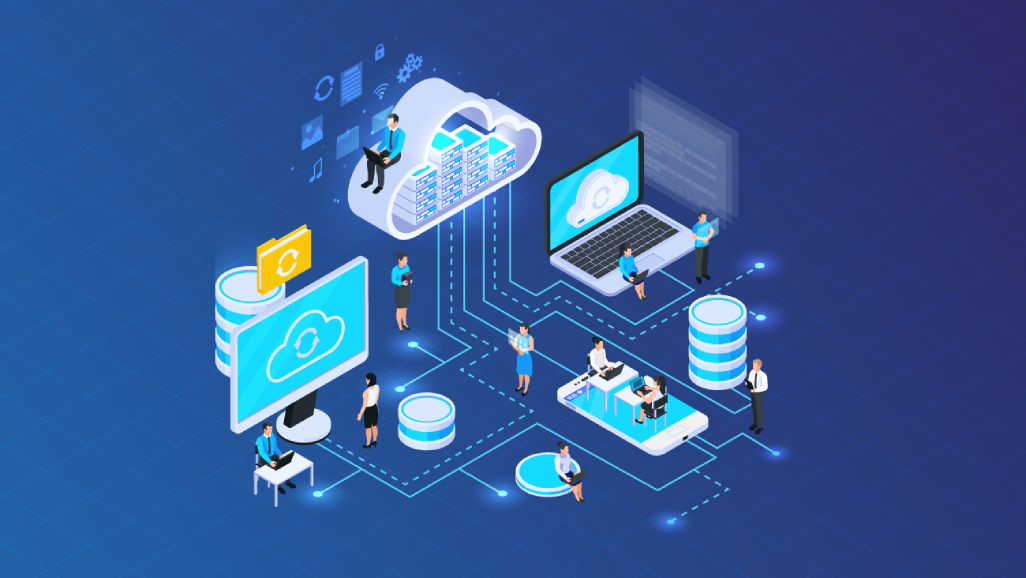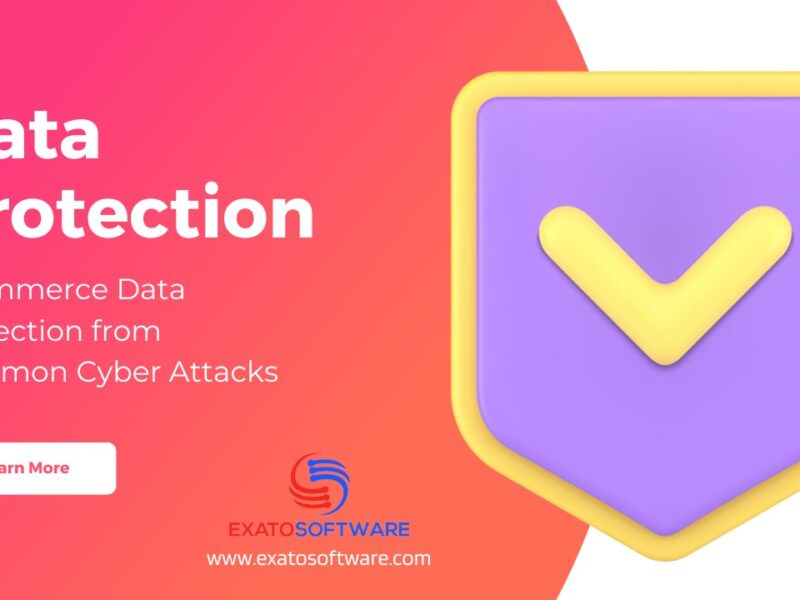The Develop SaaS applications is a fast-growing market attracting more and more people and businesses to join in on the programming autonomy. Increasingly, these companies are relying on cloud-based solutions. The advantages and dangers of scaling on the Cloud can’t be overstated. Our goal in writing this post is to teach you how to get started designing a cloud-based SaaS architecture while also addressing scalability challenges.
SaaS can offer substantial advantages in the business environment, despite differences from traditional software development platforms. There will be more software suppliers who can provide SaaS capabilities as the use of cloud computing expands. This usually includes the initial outlay and continuous upkeep, as it is essential for most firms to see a return on their investment as soon as they can. This is something that designers should bear in mind when building SaaS enterprise software development.
It’s not just a programming language that’s used to build SaaS applications; the entire technology stack is what makes the entire turnout possible. The tech stack and tool selection depend on the type of application that needs to be created.
Languages I Use to Develop SaaS Applications
Software as a service (SaaS) is an application model in which end users access software over the internet, rather than installing it directly on their computers. The SaaS model has many benefits for businesses and customers alike. However, developing SaaS applications is not easy. Software developers who work with SaaS don’t have direct access to end users’ computers so they must find other ways to understand and respond to their needs. This article explains how the seven natural human languages can be used to develop SaaS applications without needing direct access to end users’ machines.
SaaS relies on several significant technical specifications. The SaaS product’s technical architecture is laid out as follows:
Programming language
SaaS systems rely heavily on the programming language they use because it affects the speed and responsiveness of the system. A programming language has a few requirements, such as being simple and easy to comprehend, implementing abstraction to simplify the program process, and having language efficiency high enough to translate into machine code readily. SaaS Enterprise software development has some beneficial and popular characteristics.
Different programming languages are utilized for SaaS systems, and the ultimate choice relies on the system’s needs. Among the most notable
• Java
The Java programming language, interface, major libraries, and operating time are included in Java’s definition (Java virtual machine). As long as the Java virtual machine is running, developers can write code in whatever language they want, even if it is not Java itself. The term “Java library” is frequently used to describe the Java platform.
• Python
Python is both a general purpose and a high-level language for computer programmers. Python may create graphical user interface (GUI) desktop applications, websites, and web apps. Python’s extensive libraries and built-in capabilities make it possible to concentrate on the program’s high-level functionality rather than its implementation.
Code readability and application maintenance remain easier because of simple programming language grammar rules. Compared to other programming languages, there are numerous benefits of using Python.
• Ruby
More libraries and web-based tools are available to help web developers plan their projects more quickly if they have a high discovery rate. The RubyGems package management system provides Ruby’s easy-to-maintain store of reusable libraries. Puppet, an open-source management tool written in Ruby, is suitable for automating Ruby code.
Database
Access, processing, and administration of data are essential for a successful SaaS solution because of the volume of helpful information that flows into your system. Choosing the correct database system is critical for this goal. It all relies on how much data your application receives, the relevance of speed and reaction, and how you want to use the data.
What are the SaaS Programming Languages?
The following are some of the more popular choices:
• SQL
A relational database management system’s Structured Query Language (SQL) stores and manages data using a set of query questions. In RDBMS, SQL is utilized to carry out all kinds of data manipulations.
• MongoDB
As a NoSQL database, MongoDB makes massive volumes of data easily accessible and usable without sacrificing performance in the process. MongoDB provides developers with both intricacy and efficiency in their operations while providing users with both convenience and flexibility in their use.
• S3 Storage for the Web
A growing number of customers will cause you to question your web storage capacity. The Amazon S3 storage service provides an excellent and highly scalable object storage system. Any quantity of data can be stored and retrieved using Amazon’s Simple Storage Service (S3). You can use S3 to store your web app’s data, but it might also be used to store database backups, archive data, or perform big data analytics.
Service on the Cloud
Cloud-based services can help businesses maintain a solid online presence and improve operational efficiency. The Cloud makes interoperability possible since it can access data from many devices and locations. Cloud-based solutions also enhance customer satisfaction.
When deciding on a cloud-based service, you have many alternatives to consider. The following stand out amongst the rest:
• Microsft Azure
It was known as Windows Azure for a time, but now it’s referred to as Microsoft Azure. Among its offerings are cloud computing, data storage, and network services. To develop and assess new applications or use current applications in the Public Cloud, users can opt out of these services. Microsoft Azure’s most notable feature is utilizing virtual machines or containers in the Cloud.
• Amazon Web Services (AWS)
On the AWS (Amazon Web Services) platform supplied by Amazon, there is an infrastructure as a service (IaaS), an application-based cloud computing platform, and an integrated software service provider all in one place (SaaS). Tools like computer power, data storage, and content distribution can be provided via AWS services.
• Cloud computing platform provided by Google
When a service provider hosts the software and delivers it to consumers through a cloud network, it is known as cloud computing. In a nutshell, the software is rented rather than purchased. SaaS vendors are relatively common to provide monthly or yearly subscriptions for their services.
Before you begin to build a SaaS application, you must have a clear idea of what you want to accomplish and be familiar with the necessary technology stack. There are a plethora of possibilities available in today’s technologically evolving world. Choosing from so many options might be overwhelming and result in poor decisions.
This usually includes the initial outlay and continuous upkeep, as it is essential for most firms to see a return on their investment as soon as they can. This is something that designers should bear in mind while going with enterprise software development.
Conclusion
By the time you’re done with selecting the programming language for SaaS web application development, you have adequately accomplished your vision of SaaS app development. As you know which way you are moving and have a plan around it, you can make the right selection of SaaS application developer.



